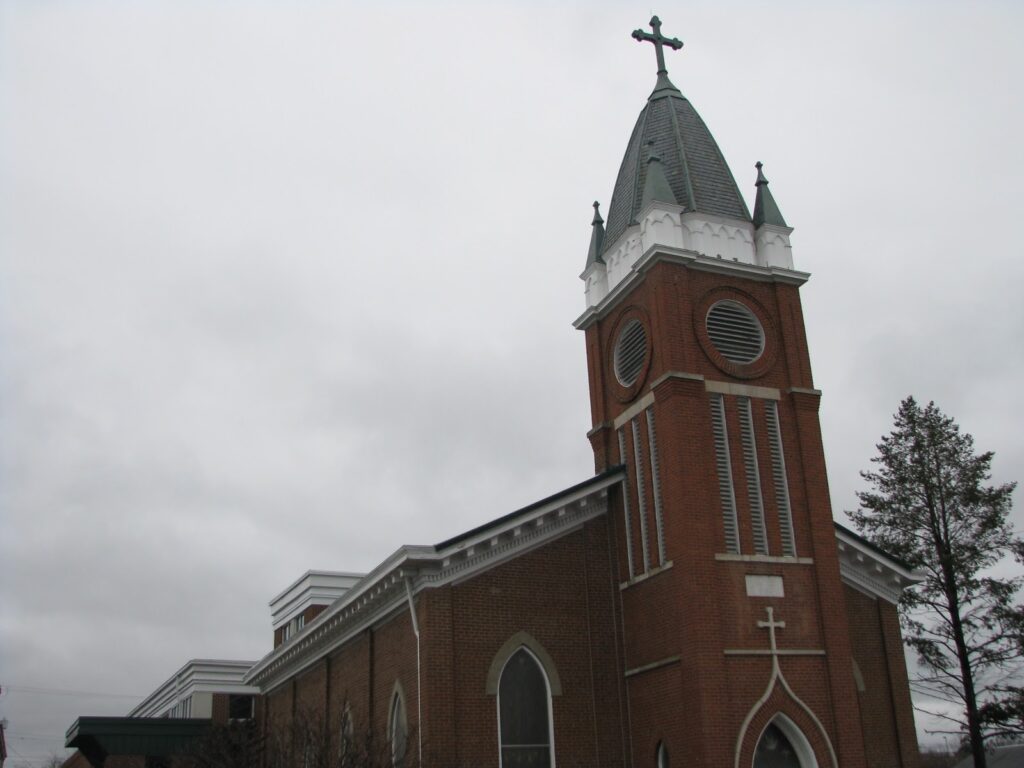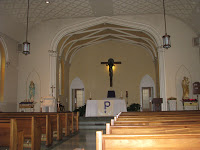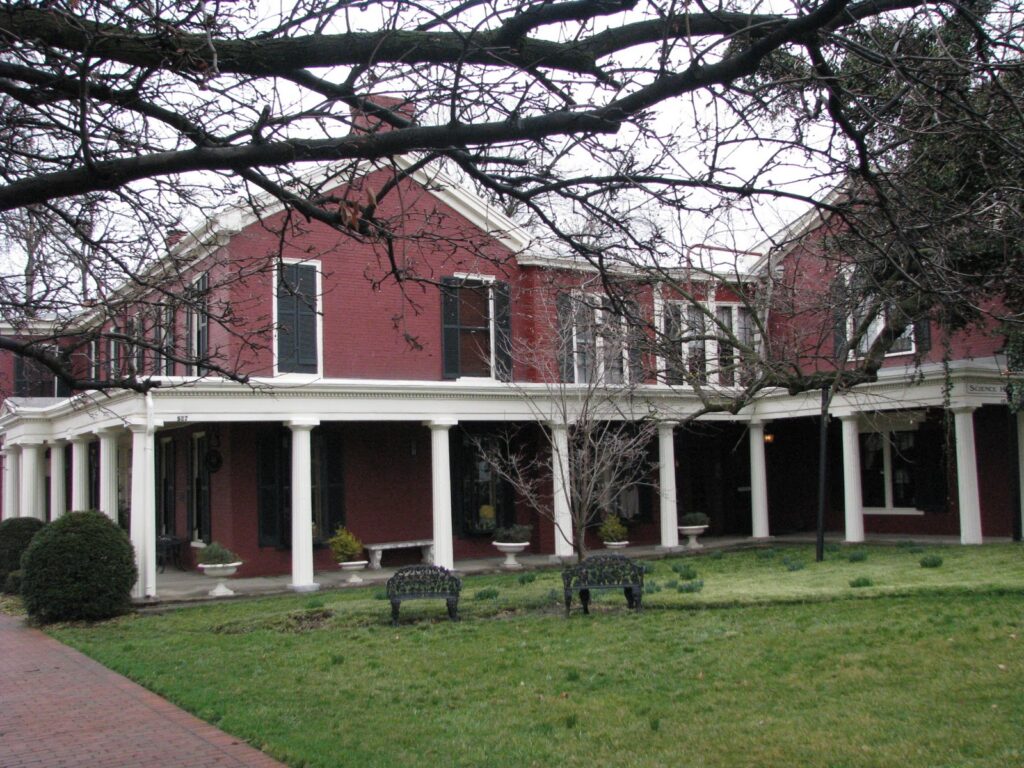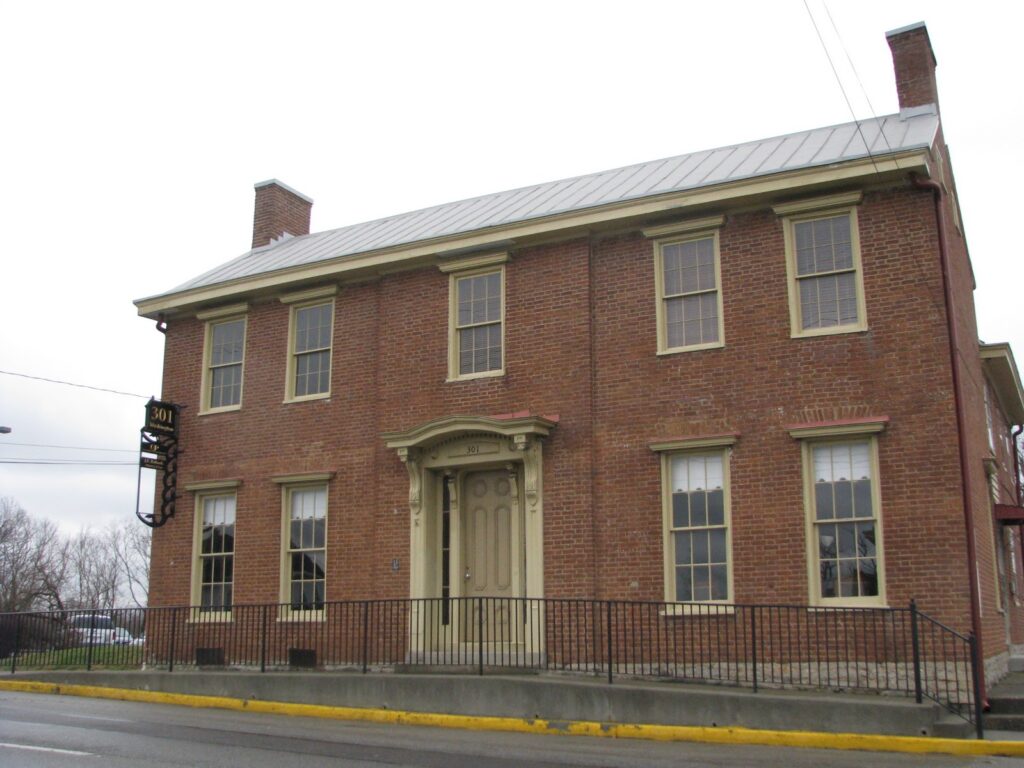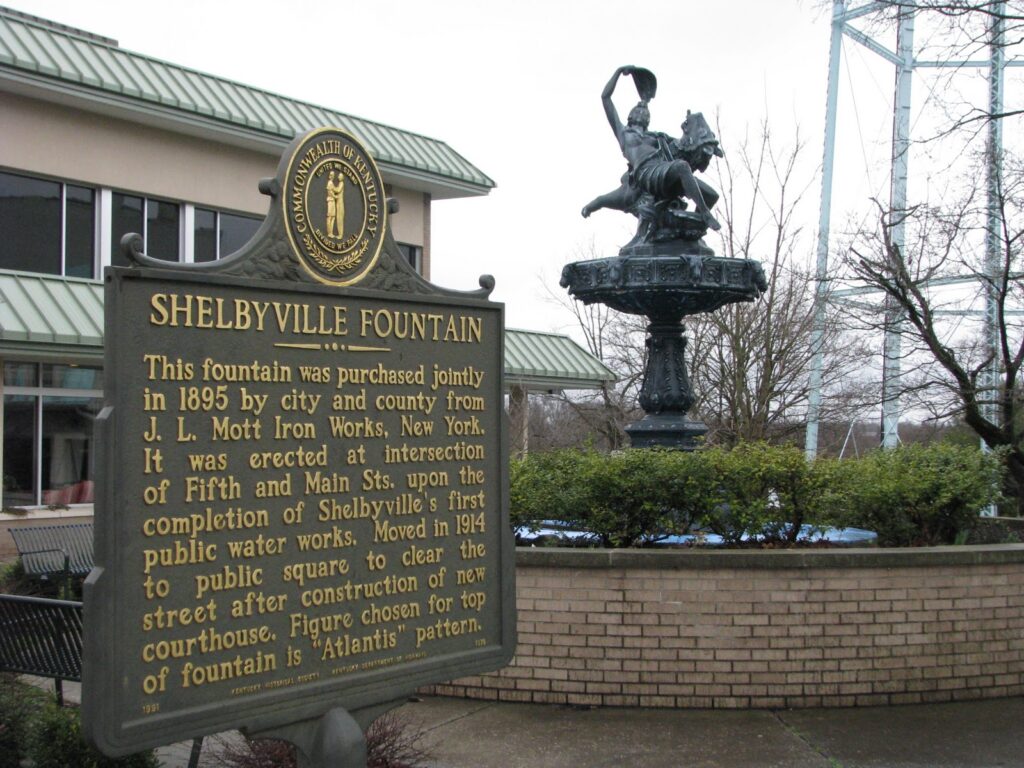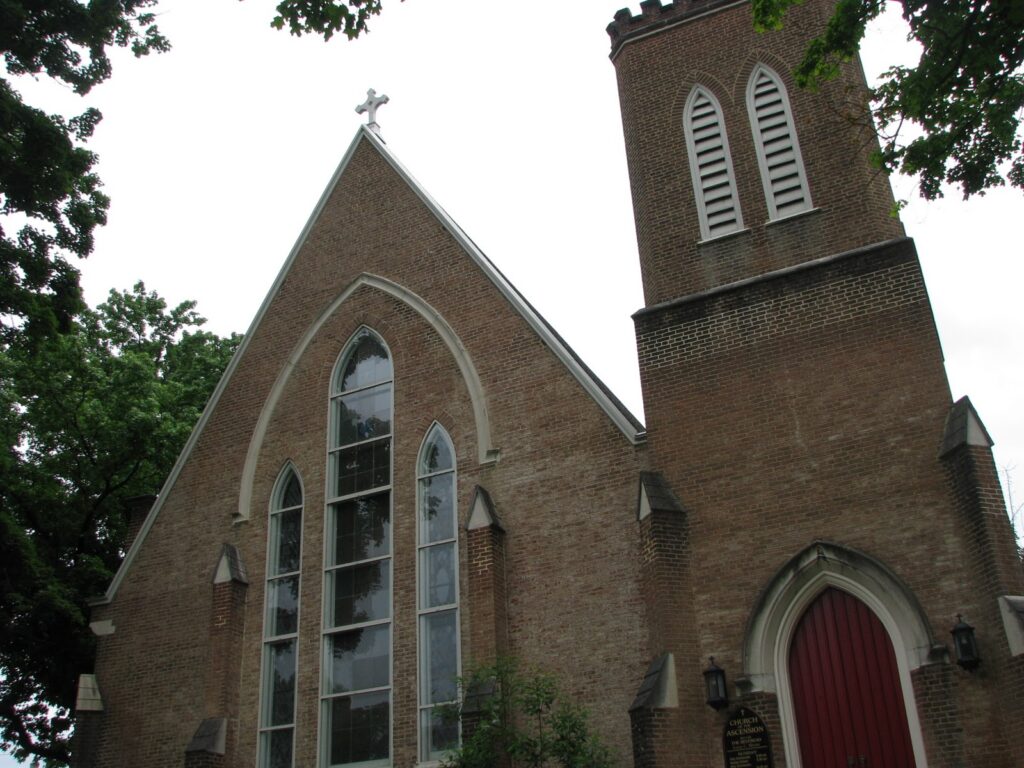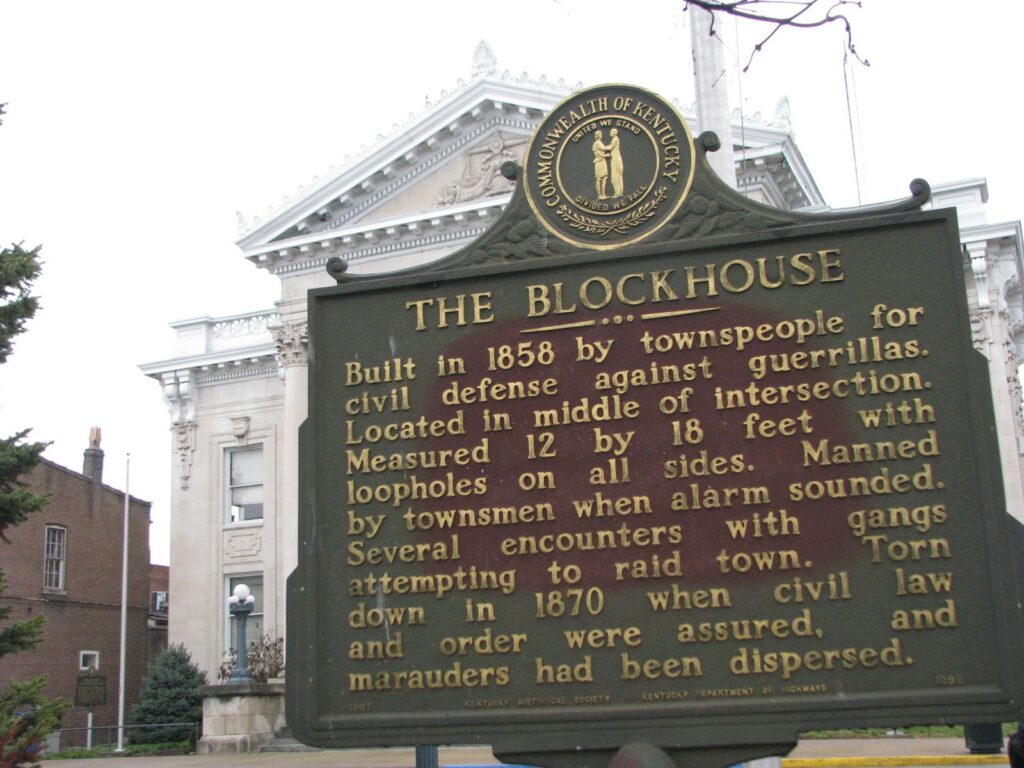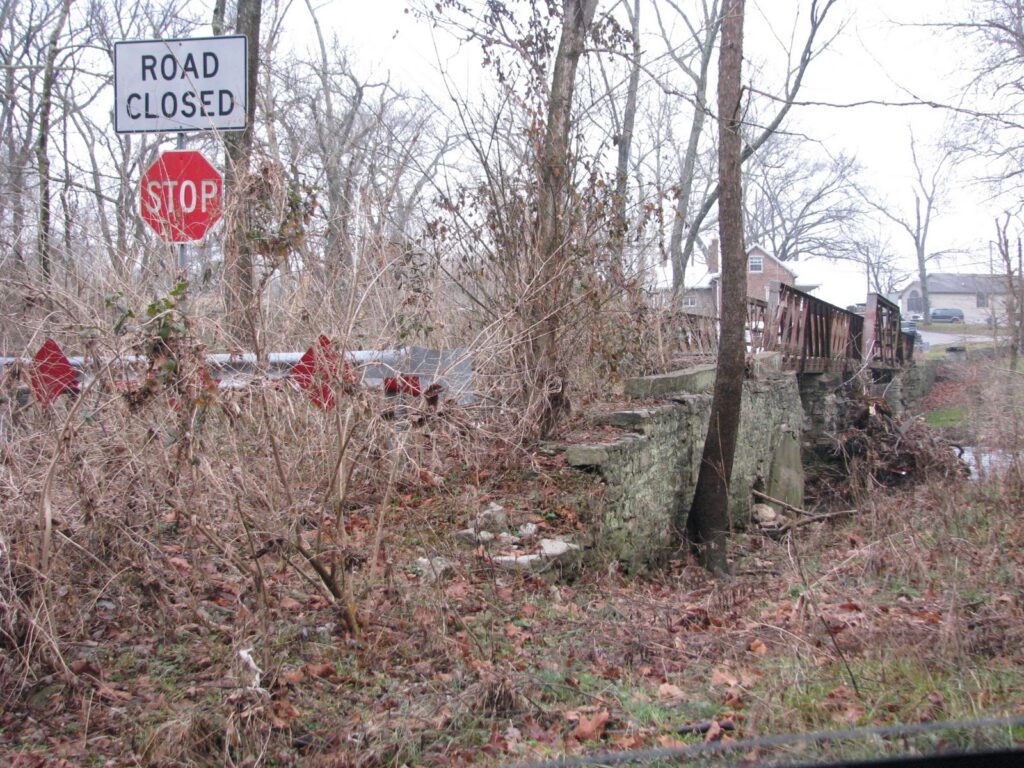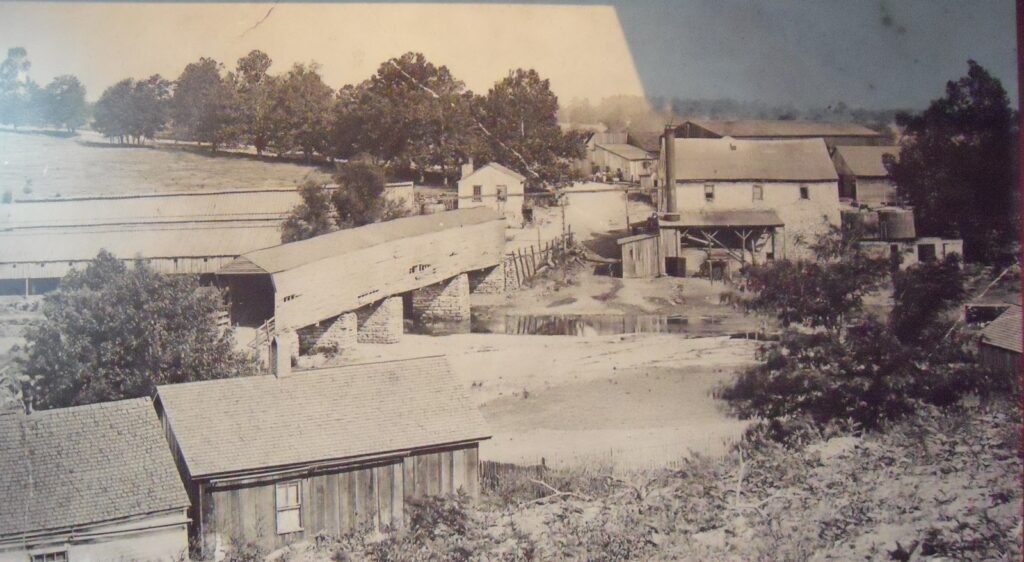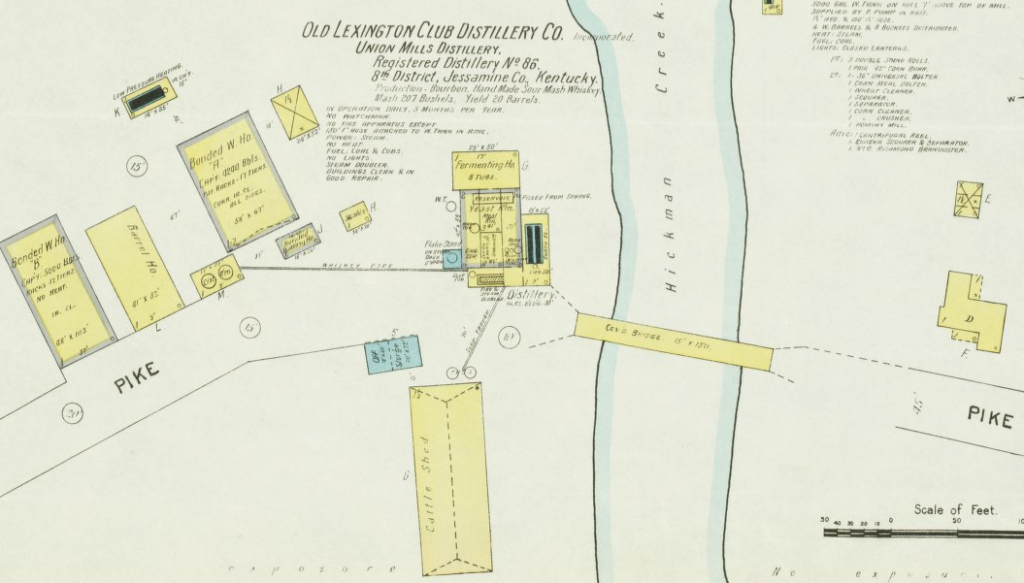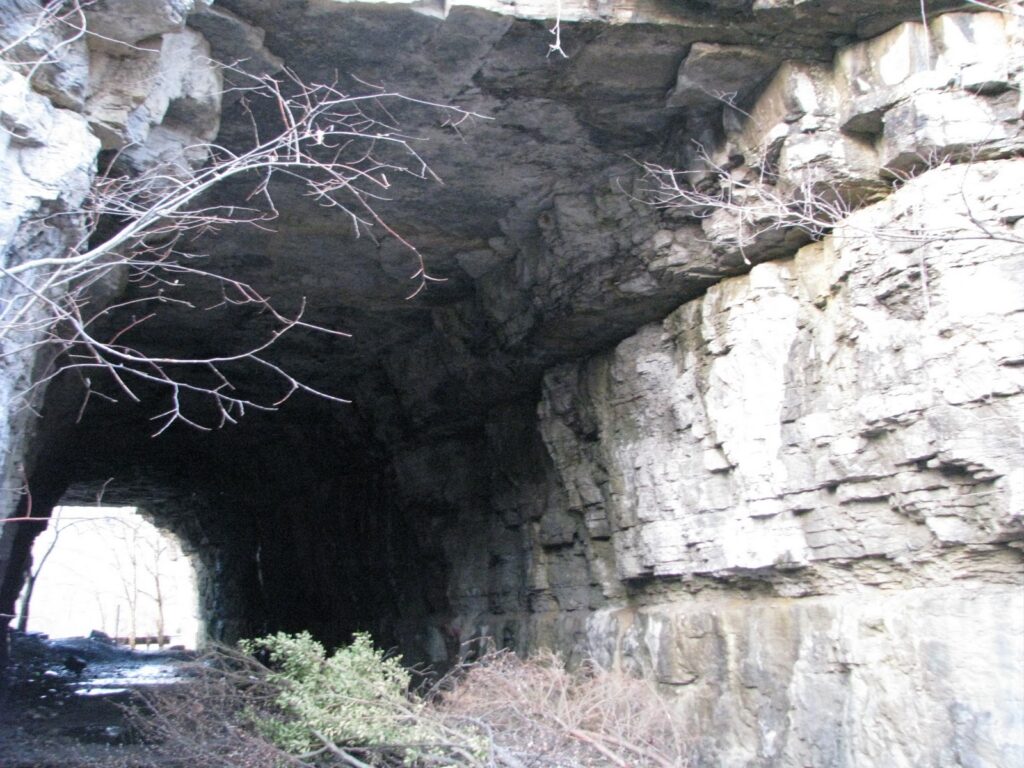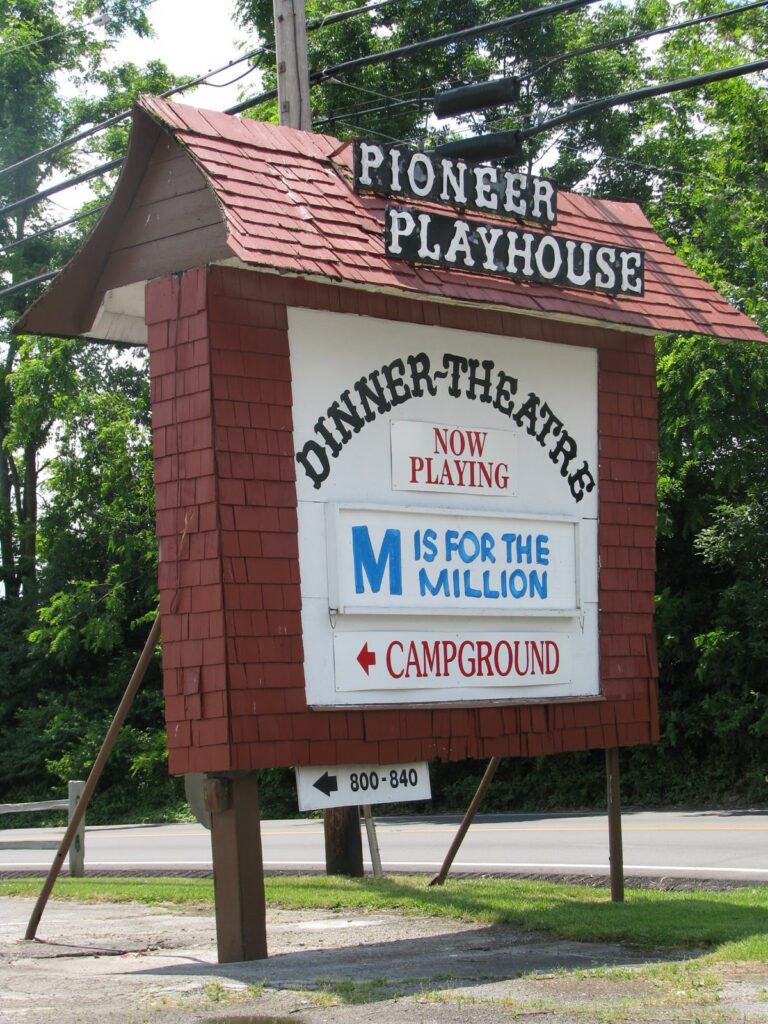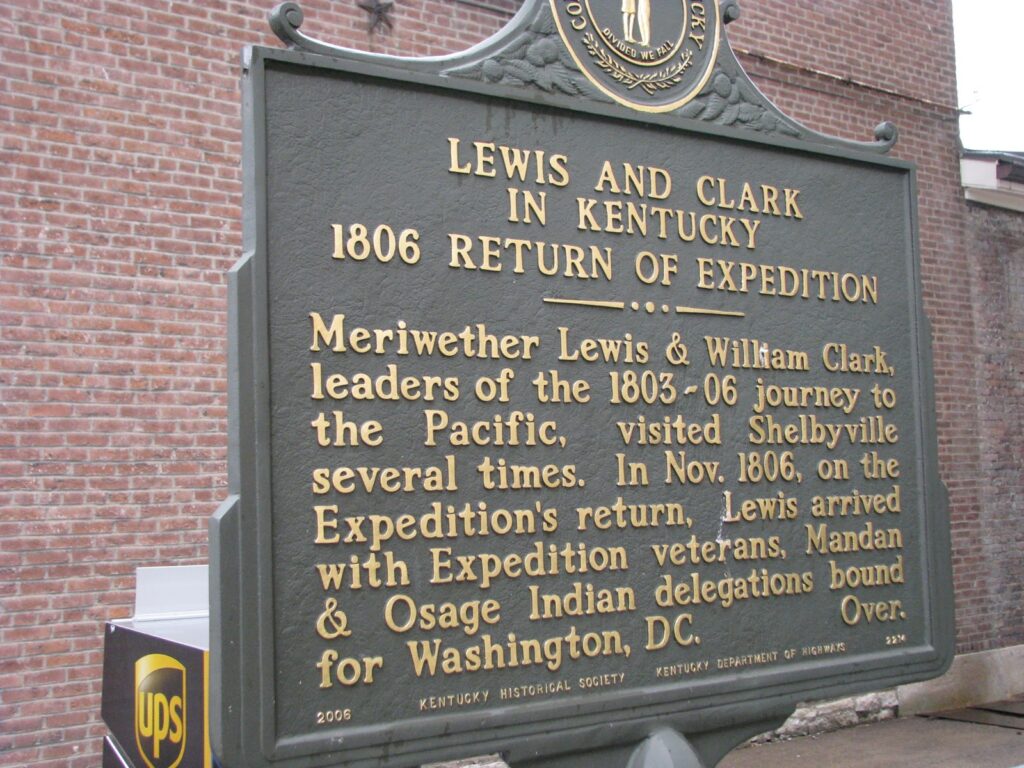 |
| Historic Marker 2214 at the Shelby County Courthouse |
Kentucky has a lot of connections with the famed Lewis and Clark Expedition. A few years ago in commemoration of the bicentennial of the expedition, Kentucky erected a number of historic markers commemorating these connections.
Marker 2214 in Shelbyville reads:
Meriwether Lewis & William Clark, leaders of the 1803-06 journety to the Pacific, visited Shelbyville several times. In Nov. 1806, on the Expedition’s return, Lewis arrived with Expedition veterans, Mandan & Osage Indian delegations bound for Washington, DC.
and
In Shelbyville on Oct. 28, 1809, Clark learned of the death of his Expedition partner, Meriwether Lewis. Clark stopped in town when traveling eastward and read a newspaper report that Lewis had killed himself in Tennessee.
Clark, of course, was a Kentuckian. Lewis was a Virginian and was President Jefferson’s personal secretary when he was tapped to lead the expedition. William Clark was selected upon the recommendation of his brother, George Rogers Clark. [cite]

